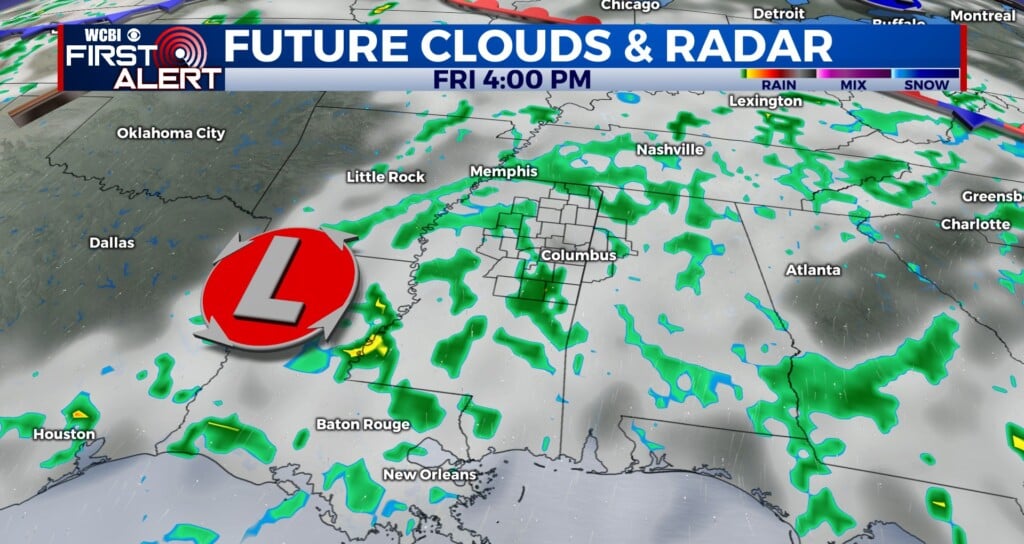State’s Pension Health Depends on View of Accounting
By Jeff Amy/Associated Press
JACKSON – Mississippi’s public employee pension fund saw its financial position improve last year.
Or it didn’t.
It’s all in the accounting. And depending on which set of numbers you look at, results for the Public Employees Retirement System are either negative or positive for the 12 months ended June 30.
The negative take first:
Like most pension funds, actuaries smooth out gains and losses over five years, booking 20 percent of the gain each year. Parceling out gains and losses is meant to reduce the volatility of required contribution levels, says PERS Executive Director Pat Robertson.
In the 2012-2013 year, the system booked the last of five $1.05 billion losses from the 2008-2009 stock market meltdown.
The actuarial value of the main PERS fund went up by about $500 million, to $20.5 billion. But the funding percentage — the share of the assets needed to cover future obligations — drifted down to 57.7 percent from 58 percent.
Before now, an increase in the plan’s unfunded future liability would have meant an increase in contribution rates, because PERS tried to pay off unfunded debt within 30 years. But the system’s board voted in October 2012 to freeze contribution rates at 9 percent of salary for workers and 15.75 percent for state and local governments.
Contribution rates have escalated in recent years, in part because of poor investment returns. Benefit increases also forced governments to pay more, burdening budgets.
The freeze prevented governments from having to increase contributions to 15.83 percent on July 1, and up to 16.29 percent in 2014.
So with no increase in contribution rates, the amount of time expected to pay off the $15 billion in unfunded liability expanded to 32.2 years.
But there’s a more positive version, too:
Fund investments gained 13.4 percent in the most recent year. That means the market value, without smoothing for five years, rose to $21.7 billion.
In turn, the funding percent using market value rose to 61 percent.
That may signal that the funding percentage has bottomed out, at least for this economic cycle, and will rise in coming years. Because the fund has reaped investment returns above the planned-for 8 percent in three of the last four years, that means the smoothing mechanism will act as a tail wind for actuarial values in coming years.
That would be a relief to policy makers — mainly Republicans — who have fretted over pension costs for 93,000 retirees and 160,000 active employees. The average retiree receives $1,631 a month.
Recommendations from a 2011 commission appointed by then-Gov. Haley Barbour, including freezing the 3 percent cost-of-living raise for three years, went nowhere. Some are still worried about it, though, including state Sen. Nancy Collins, R-Tupelo. She introduced a bill last year that would have halted PERS’ the cost-of-living raise in any year when the funding percentage fell below a certain level. Collins pulled back the bill after sharp attacks.
If PERS can make an average of 8 percent a year on its investments, it projects it can increase the funding percentage back to 71 percent by 2030 and to a targeted 80 percent by 2042.
There are headwinds. One is the volatility of the investment market. PERS has seen five of the worst years on record for the fund over the last 15 years. Another is PERS’ assumption that average employee pay will go up 4.5 percent a year. Average pay actually fell last year.
Robertson and PERS supporters, though, are focusing on the horizon.
“It’s a long-term perspective,” Robertson said. “You’re not paying these benefits out all at once.”





Leave a Reply